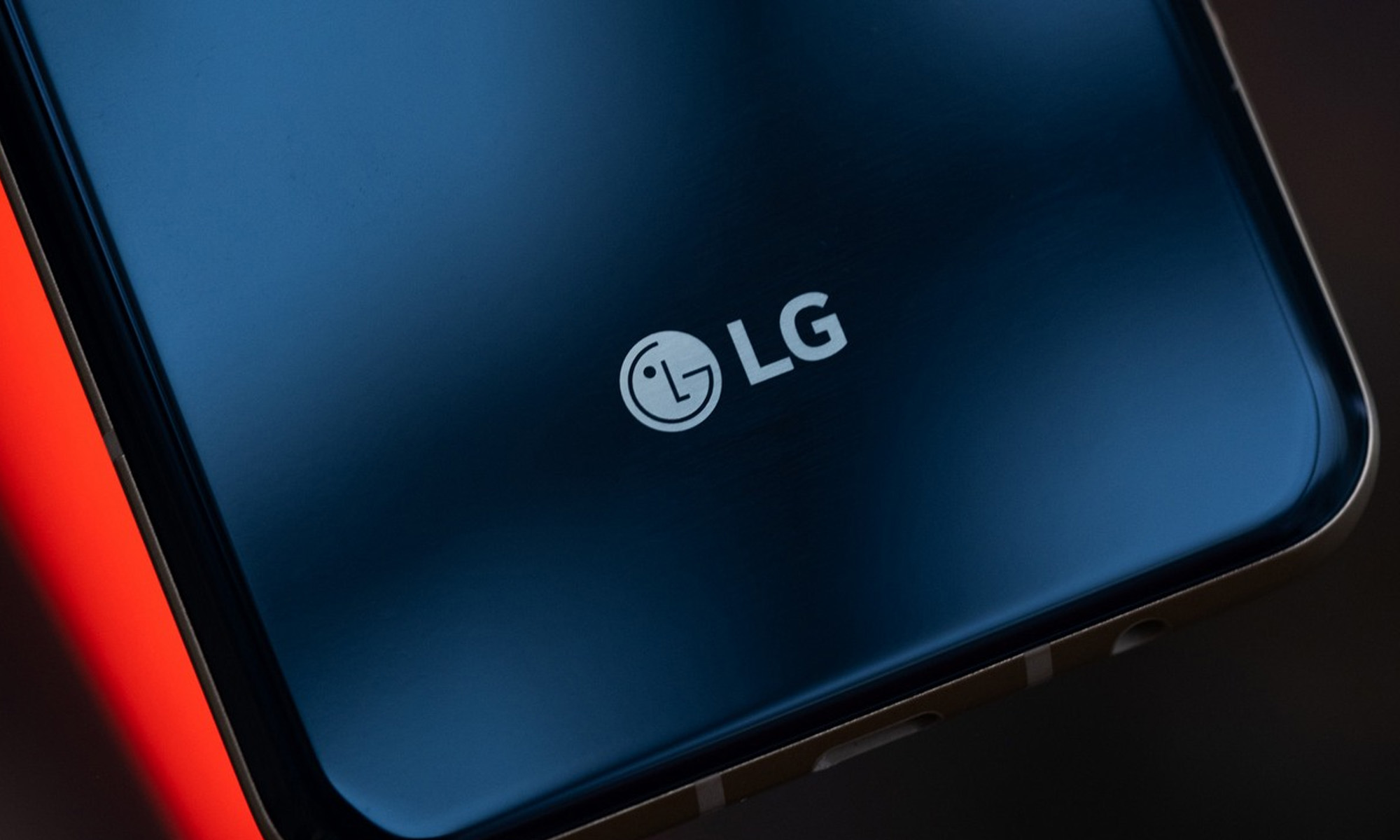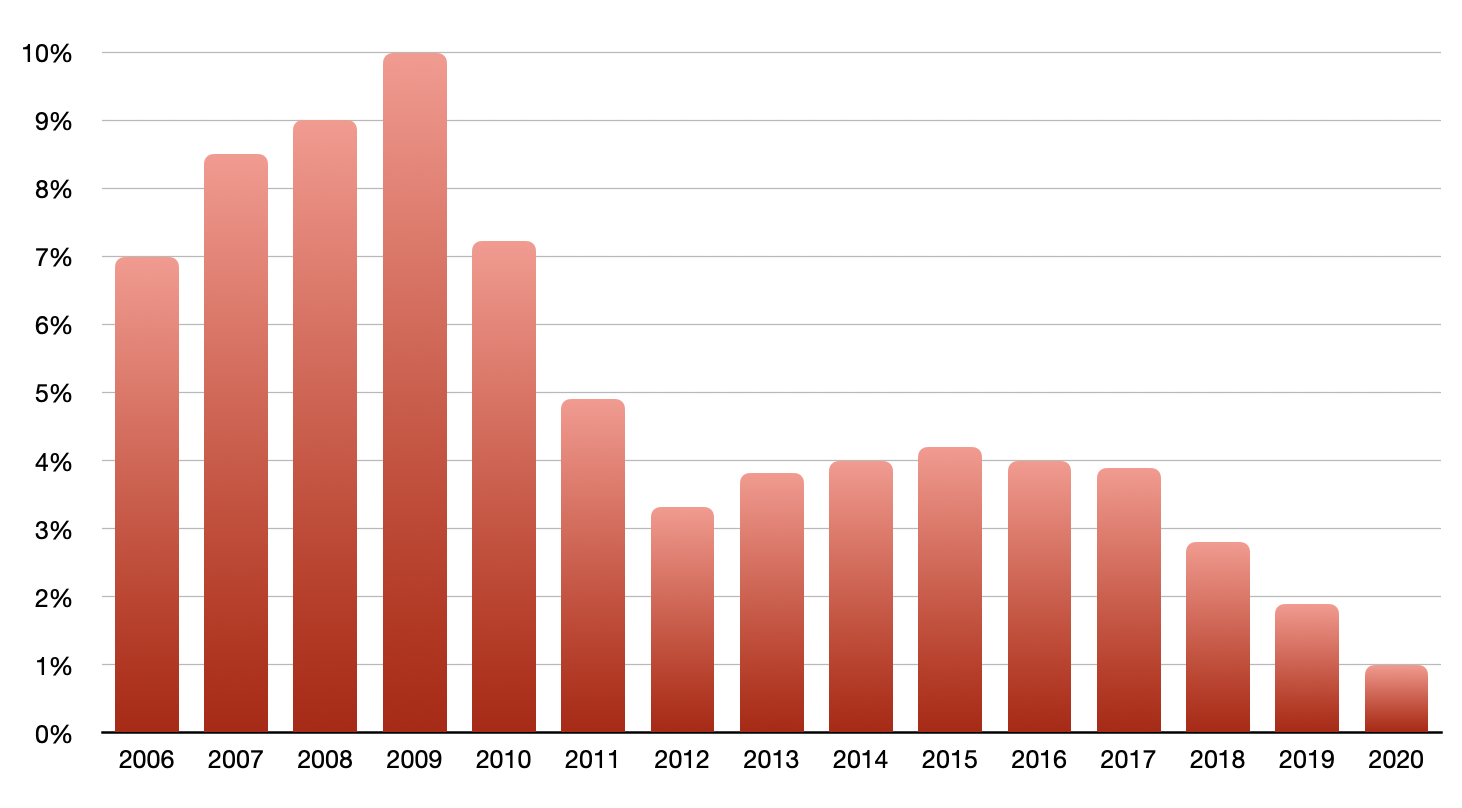News
LG To Withdraw From Smartphone Market Due To Ongoing Losses
After nearly 6 years of losses, South Korea’s LG Electronics has decided to completely withdraw from the smartphone market and focus on other areas instead.

After nearly six years of losses, South Korea’s LG Electronics has decided to withdraw from the smartphone market and focus on other areas instead, including home electronics, connected devices, and smart vehicle components.
The total losses of the LG’s mobile division amount to $4.5 billion even though the brand currently enjoys the third place in the United States, after Apple and Samsung Electronics.
“In the United States, LG has targeted mid-priced — if not ultra-low — models and that means Samsung, which has more mid-priced product lines than Apple, will be better able to attract LG users,” commented Ko Eui-young, an analyst at Hi Investment & Securities.
For a long time, LG was considered to be one of the most innovative smartphone manufacturers, pioneering ultra-wide-angle cameras, dual-display devices, vein-tracking aerial gestures, and swappable components. Unfortunately, most of its innovations failed to gain any significant traction among consumers.
To make things even worse, some of the more recent flagship models have suffered both software and hardware problems, and professional reviewers were quick to point them out, steering potential buyers toward other brands.

LG Smartphone Market Share
Currently, LG’s global share is only around 2 percent, with 23 million smartphones shipped last year. When compared with Samsung’s 256 million shipped units, the company’s decision to withdraw from the smartphone market suddenly becomes easier to understand.
Also Read: Huawei Wants To Make Long-Range Wireless Charging A Reality
It’s also worth pointing out that successful Chinese brands, such as Xiaomi, Vivo, and OPPO, have greatly increased buyers’ expectations by offering flagship specifications at mid-range prices.
The good news is that current employees of LG’s mobile division won’t lose their jobs — at least not those who are based in South Korea. Instead, they will be moved to other electronics divisions. Owners of LG smartphones also have nothing to worry about because both service support and software updates will continue to be provided even in the near future.
News
Google Releases Veo 2 AI Video Tool To MENA Users
The state-of-the-art video generation model is now available in Gemini, offering realistic AI-generated videos with better physics, motion, and detail.

Starting today, users of Gemini Advanced in the MENA region — and globally — can tap into Veo 2, Google’s next-generation video model.
Originally unveiled in 2024, Veo 2 has now been fully integrated into Gemini, supporting multiple languages including Arabic and English. The rollout now brings Google’s most advanced video AI directly into the hands of everyday users.
Veo 2 builds on the foundations of its predecessor with a more sophisticated understanding of the physical world. It’s designed to produce high-fidelity video content with cinematic detail, realistic motion, and greater visual consistency across a wide range of subjects and styles. Whether recreating natural landscapes, human interactions, or stylized environments, the model is capable of interpreting and translating written prompts into eight-second 720p videos that feel almost handcrafted.
Users can generate content directly through the Gemini platform — either via the web or mobile apps. The experience is pretty straightforward: users enter a text-based prompt, and Veo 2 returns a video in 16:9 landscape format, delivered as an MP4 file. These aren’t just generic clips — they can reflect creative, abstract, or highly specific scenarios, making the tool especially useful for content creators, marketers, or anyone experimenting with visual storytelling.
Also Read: Getting Started With Google Gemini: A Beginner’s Guide
To ensure transparency, each video is embedded with SynthID — a digital watermark developed by Google’s DeepMind. The watermark is invisible to the human eye but persists across editing, compression, and sharing. It identifies the video as AI-generated, addressing concerns around misinformation and media authenticity.
While Veo 2 is still in its early phases of public rollout, the technology is part of a broader push by Google to democratize advanced AI tools. With text-to-image, code generation, and now video creation integrated into Gemini, Google is positioning the platform as a full-spectrum creative assistant.
Access to Veo 2 starts today and will continue expanding in the coming weeks. Interested users can try it out at gemini.google.com or through the Gemini app on Android and iOS.

















